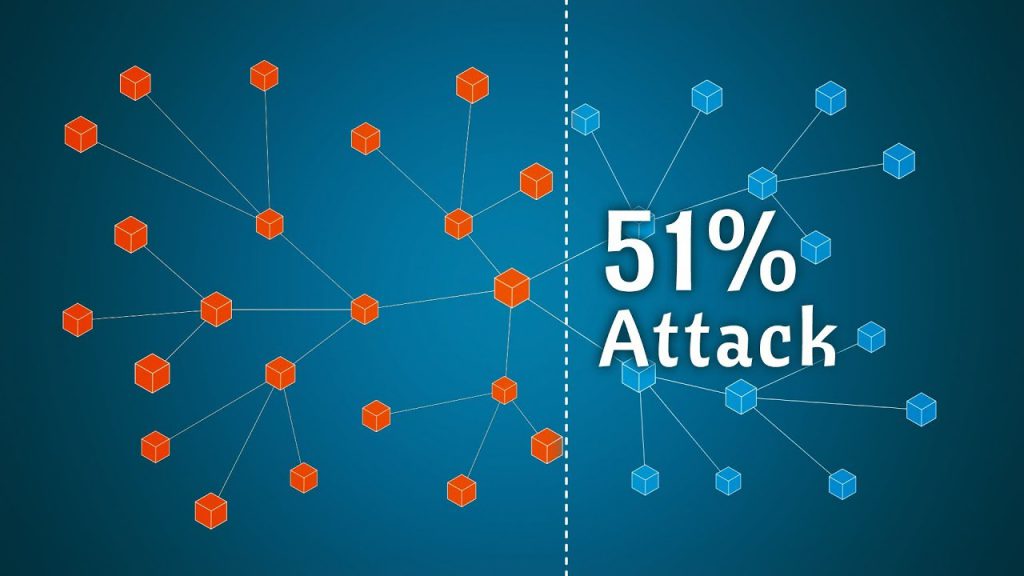According to Cybersecurity stats data, there are 2,200 cyber attacks each day. It is estimated that a cyber attack occurs every 39 seconds.

You have enough to manage daily — protecting your business applications and network systems can be challenging, but it is not that scary. Whether you are a small business owner interested in securing your network, or an IT professional wanting to do your job well to keep your business secure, the starting point should be to understand penetration testing.
In this article, we will walk in through variations of penetration testing. Here we begin by classifying the various pentesting techniques and their methods and the suitable pen testing solution for your company. We hope that by the end of this article, you are all geared up to perform penetration testing to improve the security of your network and systems.
What is Penetration Testing?

Penetration testing, also known as “pen testing,” is like having a simulated cyber attack to find weak spots in your network security, systems, or apps.
Think of it as hiring a certified ethical hacker to spot vulnerabilities before real bad guys can exploit them and mess things up for your business.
Why is this so important? Well, according to the Ponemon Institute, one in five companies don’t check their apps, networks, and infrastructure for security holes.
So, pen testing is a great way for businesses to strengthen their network security, meet industry standards, and gain the trust of customers and partners.
Not all pen tests are created equal though. There are different types of tests, each aimed at different parts of your network security. Let’s dive into them.
Different Types of Penetration Testing
You may come across several types of penetration testing. Below are the names and details of each one of them.
1. Network Penetration Testing
Network penetration testing is one of the most common and important types of testing. It checks how well a business network can defend itself. This type of testing helps spot weak spots both inside and outside the network.
What It Covers
- Firewalls
- Routers
- Switches
- Servers
- Workstations
Use Case
If your business depends on the internet and access to confidential customer data, it is highly recommended that you undergo a network pen-testing. For instance, a small accounting company with sensitive tax records must undergo network penetration tests to verify the safety of their client’s information. During this examination, tools such as Metasploit, Nessus, or Wireshark are used along with pre-defined processes to highlight specific threats.
2. Web Application Penetration Testing
Web apps are a vital part of several businesses these days, and that’s why they have also become a center point for hackers. E-commerce websites and content management systems are examples of applications for which web app penetration testing is performed. In these tests, pentesting experts look for security gaps in web apps to ensure overall business safety.
What It Covers
- Cross-site scripting (XSS) vulnerabilities
- SQL injection attacks
- Authentication issues (e.g., brute force attacks)
Use Case
Many e-commerce platforms take customer payment information, which needs to be protected in any way. XSS vulnerability evaluation is performed for shopping platforms using tools like Burp Suite and OWASP ZAP and data-driven processes to keep them safe and protected.
3. Mobile Application Penetration Testing
Mobile app penetration testing aims to identify vulnerabilities in mobile-specific application environments. These mainly include smartphones and tablets working on both iOS and Android platforms.
What It Covers
- Data storage vulnerabilities
- Authentication and session management
- API misuse
Use Case
A fitness-tracking application containing member logs, transactions, and other sensitive information within their app can go for mobile penetration testing to ensure their business app is safe from any cyber attack.
4. Cloud Security Penetration Testing
With so many businesses relying on cloud networks, testing these networks for security is extremely important. Cloud penetration testing services are dedicated to evaluating your business’s cloud security.
What It Covers
- Misconfigured access controls
- Weak API integrations
- Securely shared customer data
Use Case
By conducting cloud network penetration testing, marketing agencies that employ third-party databases to store conversions, negotiations, and client campaigns can go for cloud security checks for unethical activities and illegal access to the databases. This type of penetration testing typically involves AWS, Microsoft Azure, or Google Cloud.
5. API Penetration Testing
This penetration testing involves the evaluation of vulnerabilities in APIs that act as a bridge between different software apps. Securing APIs is important to protect the confidentiality of sensitive data exchanged during communication.
What It Covers
- Authentication and authorization weaknesses
- Input validation vulnerabilities
- Data transmission security
- Rate limiting and abuse prevention
Use Case
A fintech company offering digital wallets depends on APIs to process user transactions and account details. API penetration testing can also be done to see how secure an application is.
How Small Businesses Can Benefit from Penetration Testing
Many believe penetration testing is only for big companies, but small businesses can benefit even more. Here’s why!
- Protects Against Cyberattacks: There is a report that says 46% of cyberattacks target small businesses. Penetration testing is the best way to check your business’s security no matter how big or small an organization you are.
- Secures Client Trust: Security is one area that clients would always appreciate. It boosts their confidence in you and helps them trust you more with their investments.
- Helps Achieve Industry Compliance: Many business sectors, such as Healthcare (requires HIPAA) or Finance (requires PCI DSS standards), need to test for vulnerabilities at regular intervals.
With rising threats, integrating penetration testing into your security strategy is no longer optional; it has become necessary.
How To Get Started!
Since you know the types of penetration testing, it is time to select the best penetration testing methods that suit your business. Initially, focus on the following actionable things that can help you start today:
- Partner with a licensed cybersecurity agency member of CEH or OSCP.
- Before anything else, test and safeguard the main priority of your company, which is client details, money-related information, cloud storage, or other sensitive information.
- Perform regular penetration testing. It is vital as cyber threats are evolving quickly. So, make testing a part of your yearly strategy.
Boost Your Security Confidence with Penetration Testing
Getting help or a hand on cybersecurity does not have to feel overwhelming. By understanding and applying different types of penetration testing, you are already reinforcing various steps to protect your business and its assets.
Remember that no businesses are ‘too small’ to be targeted, but every company has tools and ways to protect itself from cyberattacks. Consider penetration testing as an essential security concept that every business should follow!








